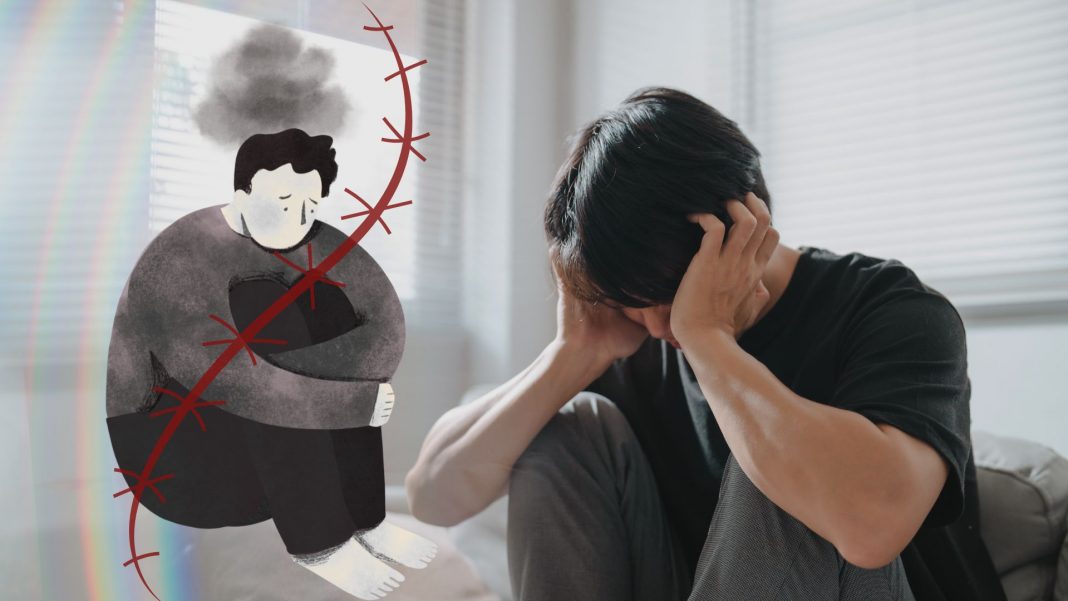SINGAPORE: When we think about bullying, the mind often jumps to name-calling, shoves in the hallway, or viral clips of schoolyard fights. However, in Singapore, the reality is more insidious—and far more damaging. Behind closed doors, on anonymous screens, and even in the silence of exclusion, thousands of students are grappling with a quiet epidemic, and it’s leaving scars not just on the body but on the mind.
According to a recent CNA Talking Point survey, nearly 30% of secondary school students in Singapore said they had been bullied, almost half of them within the last year. The official figures reported by the Ministry of Education (MOE) are much lower, averaging six reported cases per 1,000 students annually. This stark gap suggests a painful truth: many students are suffering in silence.
The many faces of bullying
Bullying today is not confined to physical aggression. Emotional and social bullying—like exclusion, rumour-spreading, or repeated verbal insults—is increasingly common. Even more chilling is the rise of cyberbullying, where the perpetrator may never show their face, but the damage is no less real.
According to a Lancet Public Health paper released in May 2025, mental disorders are one of the leading causes of death among youths in Singapore. The rise of social media, academic pressure, and social isolation is driving young people to breaking points.
Self-harm is the top cause of injury-related deaths among youth aged 20 to 24, and bullying, often the trigger for spirals of anxiety, depression, and low self-worth, is deeply entwined in this mental health crisis.
One troubling finding is that many victims don’t report bullying to teachers or school counsellors. A National Institute of Education report found that approximately 5% of bullied primary school students approached school staff first. The majority turned to friends or parents—if they told anyone at all.
Why? Students fear retaliation, social exclusion, or being labelled as weak. Teachers, already stretched thin, may lack the time and support necessary to investigate thoroughly.
The policy response—and its limits
MOE states that anti-bullying efforts are embedded in the Character and Citizenship Education curriculum. Peer support networks, teacher training, and restorative practices are in place. Schools also partner with the police and mental health professionals.
Yet, bullying persists, and the perception of certain critics is that interventions are often reactive, not proactive.
What if the problem isn’t just bullying, but the way we talk about it?
In Singapore, official numbers suggest bullying is under control, but scratch the surface, and you’ll find a different story. Many suffer in silence, not because the pain isn’t real, but because they don’t think anyone will do anything about it.
So, the question is: What kind of culture have we created in our schools, in our homes, in our conversations?
We’re quick to introduce new policies, set up reporting channels, and hold assemblies, but what do these mean if the lived reality on the ground still makes children feel unsafe?
Shouldn’t we be asking:
-
What would it take for a student to feel truly safe raising their hand and saying, “This is happening to me”?
-
What does support look like, not just for victims, but for the bullies themselves, many of whom carry pain of their own?
Even at home, what messages are we sending?
Asst Prof Cheung Hoi Shan from NIE points out that many parents still tell their children to “just ignore it,” but what does that advice really do? Is it protection or dismissal?
What if, instead of teaching kids to toughen up, we taught ourselves to listen better?
What if we asked:
-
“What’s been hard for you lately?”
-
“Who makes you feel small or left out?”
-
“What do you need from me right now?”
Because maybe the solution isn’t just stricter rules. Maybe it’s not just more discipline or surveillance.
Maybe it’s a culture shift — one that begins with the courage to question how we’ve always done things, and the compassion to imagine doing them differently.
Healing the Hidden Wounds
The effects of bullying often linger long after the bruises fade. Without early intervention, they metastasise into adult trauma, toxic self-image, and lasting distrust, but it’s not too late to act.
To the teachers, parents, classmates, and policymakers, your awareness can be the difference between a child breaking down and a child breaking through.
Because behind every statistic is a child, hoping someone will finally see what’s been hurting them all along.
- Institute of Mental Health’s Helpline: 6389-2222 (24 hours)
- Samaritans of Singapore: 1-767 or 9151-1767 (CareText WhatsApp)
- Singapore Children’s Society: www.childrensociety.org.sg
- mindline.sg for mental wellness resources

